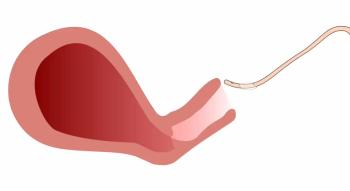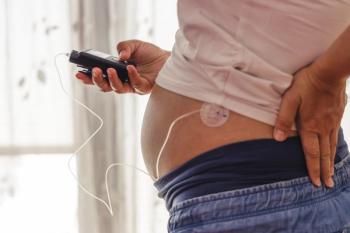Key takeaways:
- Following the Dobbs v. Jackson decision, permanent contraception procedures increased by 51% across 4 academic medical centers.
- The Dobbs ruling influenced the timing of women’s decisions for tubal ligation more than the decision itself.
- Post-Dobbs patients were more likely to be younger and nulliparous, with 37% aged under 30 years and 21.2% having no prior births.
- Nearly half of surveyed women said the current political climate affected their reproductive decision-making.
- E-visits for contraception showed promise in expanding access and reducing disparities, especially among minority populations.
Researchers from Penn State and other locations have identified increased proportions of women seeking permanent contraception following the US Supreme Court’s Dobbs v. Jackson Women’s Health Organization decision ending the federal constitutional right to abortion in June 2022, publishing their findings in Contraception.1
These increases included a 51% rise in tubal ligation procedures among women attending 1 of 4 academic medical centers. Access to reproductive health options was commonly cited as a reason for seeking permanent contraception, with 47% of patients in New York and Pennsylvania having their decision influenced by the current political climate.1
“The Dobbs decision was an inflection point that made people think about their future plans,” said Sarah Horvath, MD, MSHP, study co-author and associate professor at Penn State. “More than anything, we saw that the Dobbs decision impacted the timing for people seeking tubal ligations more than it influenced the actual decision to have the procedure.”1
Increase in procedure rates
The multicenter retrospective study was conducted to assess the change in female permanent contraception procedure rates following the Dobbs decision and determine the influence of political factors on these shifts.2 Procedures were assessed at 4 academic medical centers in New York, Pennsylvania, Florida, and Tennessee.
July 1, 2021, to June 30, 2022, was defined as the pre-Dobbs period, while July 1, 2022, to June 30, 2023, was defined as the post-Dobbs period. The change in procedure volume was reported as the primary outcome, while differences in patient characteristics and decision-making were reported as secondary outcomes.2
The final analysis included 445 procedures in the pre-Dobbs period and 674 in the post-Dobbs period. Among these patients, an increase in average monthly procedure volume was reported, with means of 9.3 and 14, respectively. Individual institution increases ranged from 28% to 129%.2
Traits linked to contraception post-Dobbs
Being aged under 30 years and nulliparous was more common in post-Dobbs patients, with rates including:
- Post-Dobbs aged under 30 years at 37%
- Post-Dobbs nulliparous at 21.2%
- Pre-Dobbs aged under 30 years at 30.3%
- Pre-Dobbs nulliparous at 10.2%
Ninety-six patients in New York and Pennsylvania reported decision-making outcomes, with 1 in 5 influenced by thoughts of future access to permanent contraception, reversible contraception, and abortion. Slight or significant influence from current political events in the decision-making process was reported by 47% across both sites.2
Overall, these results indicated a rise in patients seeking permanent female contraception following the Dobbs decision. Investigators concluded reproductive-decision making is impacted by fear of losing access to future reproductive options, highlighting a wide reach of political interference in patient autonomy.2
“There was a lot of fear after Dobbs that people would no longer have control over their reproductive rights,” said Alice Cai, MD, co-author who completed her residency at Penn State College of Medicine while conducting the study.1 “We saw that even in states with more protective policies like New York, people still made decisions based off of that fear.”
Digital health tools expand contraceptive access
To improve access to contraception, Eve Zaritsky, MD, obstetrician-gynecologist at Kaiser Permanente Northern California, highlighted the use of electronic-visits (e-visits) during a discussion with Contemporary OB/GYN.3 Zaritsky conducted a study assessing how e-visits impact patient access to oral contraceptives.
Significant efficacy was reported, with 14% of patients using an e-visit. Additionally, racial and ethnic minorities such as Asian, Black, and Hispanic patients were more likely to utilize e-visits, indicating the potential of digital health tools to reduce disparities in contraceptive access.3
“We’ll continue to study how e-visits for women’s health are being used by our patients and their outcomes,” said Zaritsky.
















